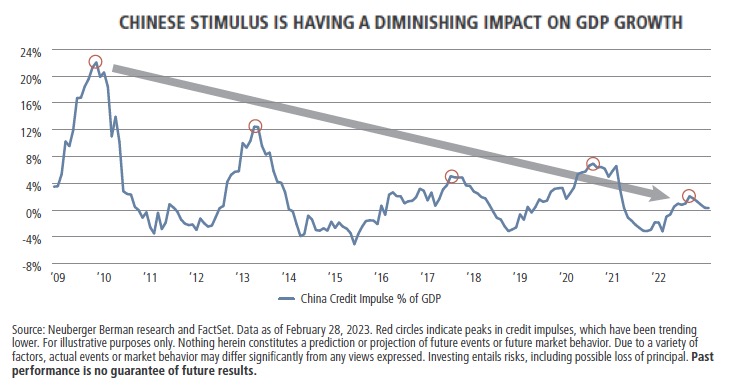Copper price is rallying but China stimulus could be “phantom tailwind”

Copper touched a seven-week high of $9,200 a tonne ($4.12 a pound) on Friday following a week of strong gains, but this may be as good as it gets for the bellwether metal this year.
According to a report by Barcelona-based Focuseconomics, in a survey of more than two dozen investment banks and market research companies at the end of March, 10 analysts had upped their forecasts for the copper price in Q4 2023.
But the consensus forecast for average copper prices in the final quarter remains below current levels, however, at around $8,575 per tonne, with the lowest prediction at just $6,500 (Euromonitor) and the top end, a more inspiring $10,050 (Commerzbank).
The copper price is closely tied to the Chinese economy with the country responsible for more than half the world’s consumption of the orange metal. Of that, some 40% ends up in China’s construction sector.
Despite a rosy demand outlook due to the green energy transition, historically low inventories, and supply growth uncertainty, weakness in China’s building sector has kept medium-term copper price predictions muted.
Imports falling
Data released on Thursday showed a surprise jump in Chinese exports after five months of declines. But the data is contradicted by other indicators, including factory gate prices falling at the fastest pace since June 2020.
While coal and iron ore imports were strong, customs data show China’s copper purchases falling: concentrate imports declined 7% year on year while unwrought copper imports fell nearly 20%.
At the current rate refined copper imports will fall below 5 million tonnes for the year compared to 5.9 million in 2022, while concentrate shipments will come in well below last year’s 25.3 million tonnes.
Copper prices are exposed to general economic trends thanks to its widespread use in industry, transport, construction and electric grids.
In a recent report, New York-based Neuberger Berman talks about “phantom tailwinds” for the global economy from China (and Europe) and suggests that investor enthusiasm about China’s potential to drive global growth and mitigate a US or global recession is likely misplaced.

Recent Chinese stimulus, in the form of Total Social Financing, is the weakest in 20 years relative to the size of the economy, according to the investment firm. In addition, the government’s GDP growth target for 2023 is also the lowest since 1976, meaning little appetite in Beijing in fiscal support for growth.
Neuberger says the decline in imports of input products as well as the lack of strength in the currencies of commodity-rich trading partners including Australia, Canada, New Zealand and Brazil, are more evidence of weakness in the economy.
{{ commodity.name }}
{{ post.title }}
{{ post.date }}

Comments